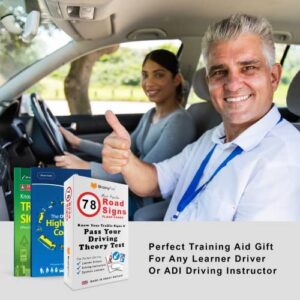Description
UK driving licence exchange
Getting a UK driving licence is an essential step for many people who wish to operate a vehicle legally on UK roads. UK driving licence exchange Whether you’re a new driver or someone who has just moved to the UK, obtaining a driving licence is crucial. In this article, we’ll cover everything you need to know about UK driving licences, from the types of licences available to how to apply for one.
Types of UK driving licences
There are several types of driving licences available in the UK based on the type of vehicle you want to operate. The most common types are:
1. Category B: This is the standard driving licence that allows you to drive a car or van weighing up to 3,500kg.
2. Category C: This licence allows you to drive large goods vehicles (LGVs) weighing over 3,500kg.
3. Category D: This licence allows you to drive passenger-carrying vehicles (PCVs) with more than eight passenger seats.
4. Category A: This licence allows you to ride motorcycles of any size.
5. Category B+E: This licence allows you to drive vehicles weighing up to 3,500kg with a trailer weighing up to 750kg.
How to apply for a UK driving licence
To apply for a UK driving licence, you need to be at least 17 years old and meet the minimum eyesight requirements. You can apply for a provisional driving licence online through the DVLA website or by filling out a D1 application form and sending it to the DVLA by post. Once you have your provisional driving licence, you can start taking driving lessons with a qualified driving instructor.
After you’ve completed your driving lessons and feel ready to take your driving test, you can book your practical driving test online through the DVSA website. The test consists of a theory test and a practical test. You’ll need to pass both tests to obtain your full UK driving licence.
Renewing your UK driving licence
UK driving licences are valid for 10 years. If your licence is due to expire, you’ll receive a reminder from the DVLA to renew it. You can renew your driving licence online or by post. If you’re over 70 years old, you’ll need to renew your licence every three years.
In conclusion, obtaining a UK driving licence is an important step for anyone who wants to drive legally on UK roads. By understanding the types of licences available and the application process, you can make sure you’re prepared to get behind the wheel.
UK driving licence application,UK driving licence renewal,UK driving licence exchange,UK driving licence test,UK driving licence requirements,UK driving licence costs,UK driving licence laws,UK driving licence resources,UK driving licence information,UK driving licence FAQs







Reviews
There are no reviews yet.